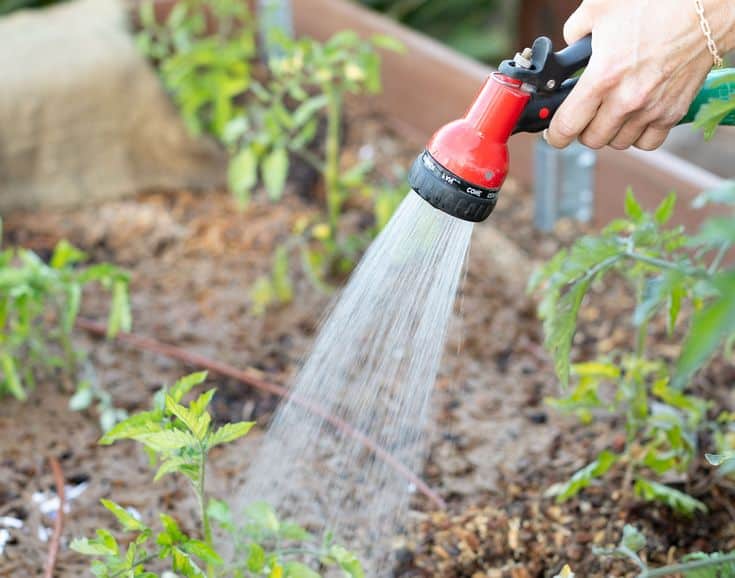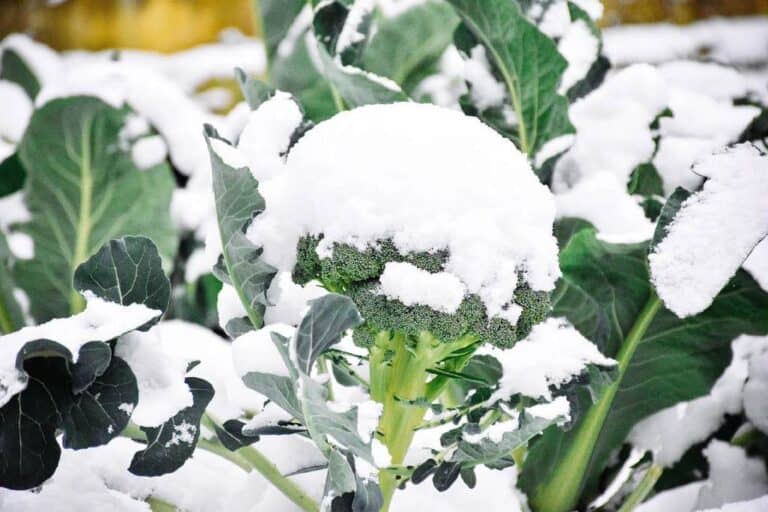5 Tips on How to Harvest Firewood From a Fallen Tree
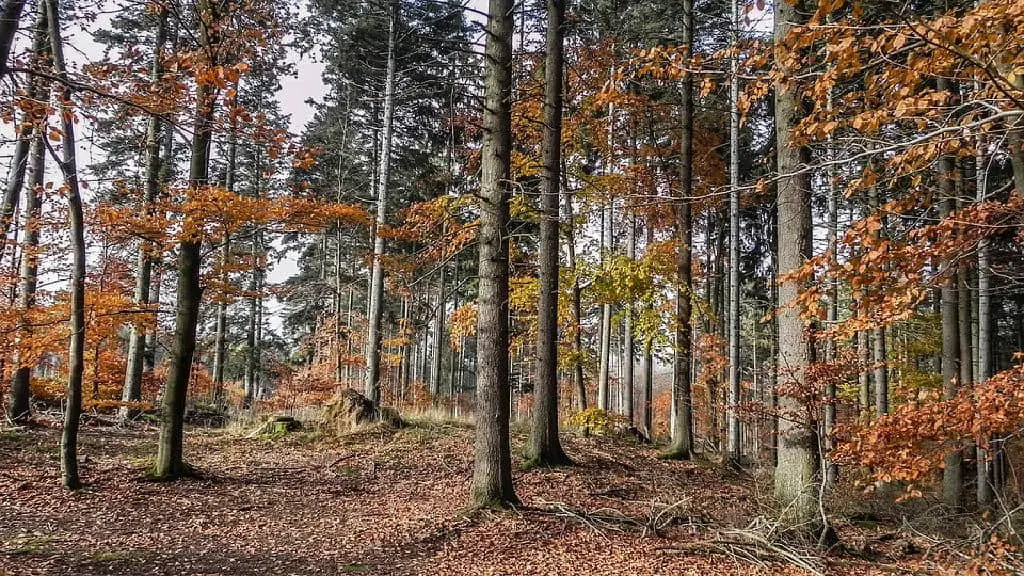
We’ve all been there — you walk outside to find that a storm has knocked over a tree in your yard. While it might seem like a hassle at first, a fallen tree can provide you with a whole season’s worth of firewood if you play your cards right.
As someone who’s spent a lot of time in the great outdoors, I can tell you that harvesting firewood from a fallen tree isn’t just practical — it’s a rewarding experience. In this post, I’ll share five tips to help you make the most of that downed tree and turn it into a stockpile of firewood ready for your next cozy fire.
1. Assess the Tree’s Condition
Before you roll up your sleeves and grab your ax, take a moment to assess the condition of the fallen tree. Not all trees are worth turning into firewood. First, make sure the tree isn’t too rotted or infested with pests, as these can make it dangerous to handle. Healthy trees with solid wood are your best bet for creating quality firewood.
Look for signs of rot or decay by inspecting the exposed trunk and branches. Give the wood a knock or press your finger into the surface. If it feels soft or spongy, it might not be the best choice for firewood. Additionally, check for signs of insects, such as holes or sawdust near the tree base. If the tree’s in good shape, it’s game on.
2. Get the Right Tools for the Job
You wouldn’t build a house with a hammer and duct tape, right? The same principle applies when harvesting firewood. Using the right tools is crucial for both efficiency and safety. Here’s a quick rundown of what you’ll need:
- Chainsaw: If you’re working with a large tree, a chainsaw will be your best friend. It allows you to cut through thick logs quickly and easily.
- Hand Saw: For smaller trees or cutting through branches, a hand saw works well.
- Axe or Hatchet: Once the logs are cut, an axe or hatchet will help you split the wood into smaller, usable pieces.
- Gloves and Protective Gear: Always wear gloves to protect your hands from splinters, and be sure to use safety glasses and ear protection if you’re using a chainsaw. A sturdy pair of boots is also a good idea to prevent accidents.
3. Cut the Tree Into Manageable Sections
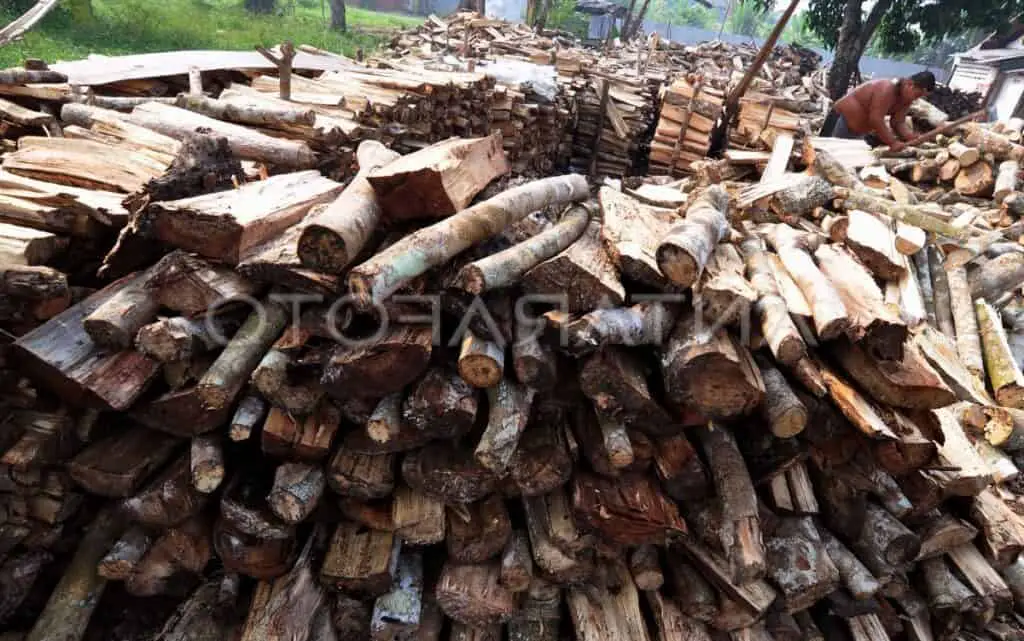
Once you’ve got your tools ready, it’s time to start cutting the tree into manageable sections. This part is all about making your work easier down the road. Start by cutting the tree trunk into pieces that are roughly 12-16 inches long. If you’re working with a massive tree, feel free to go even smaller to make splitting easier.
Tip: Cut the tree into sections while it’s still lying on the ground. Trying to cut up a tree that’s propped up or in an awkward position will only make things more complicated.
You’ll also want to cut away the smaller branches first. These tend to be lighter, and cutting them down first will give you more space to work with. Once the tree is divided into smaller, more manageable chunks, you’ll be able to move on to splitting the wood.
Cutting Techniques: How to Safely Harvest Firewood from a Fallen Tree
When it comes to harvesting firewood from a fallen tree, using the proper cutting techniques is essential for safety, efficiency, and minimizing waste. The first step is to assess the tree and plan your cuts carefully.
Start by removing any branches (known as limbing) that are in your way. Use a chainsaw to cut through the limbs, making sure to keep the saw at a safe angle and avoid pinching the blade.
Next, buck the trunk into manageable logs. To do this, measure and mark the length of the logs, keeping in mind the size of your stove or fireplace. When making the cuts, ensure that the log is stable and avoid cutting through uneven or unsupported sections, which can cause the saw to bind or get stuck.
Lastly, always make sure to minimize waste. To do this, try to make clean, straight cuts and avoid cutting through knots, as they can be tough on your chainsaw and cause unnecessary wear.
4. Split the Firewood
After you’ve cut the tree into sections, it’s time to split the wood. The goal is to break the logs down into smaller pieces that will fit easily in your fireplace or wood stove. If you’ve got a lot of firewood to split, consider using a wood splitter — it’s like having a personal assistant for the job.
If you’re using an axe, start by placing the log on a sturdy surface like a log splitter block. Stand with your legs apart for balance, and aim for the center of the log. If the log is difficult to split, you can make an initial cut along the grain to make it easier.
Pro Tip: Always split the wood with the grain (the natural lines in the wood), as this will make the task much easier. If you’re dealing with a particularly knotty log, it may take a little extra muscle, but with patience, you’ll get there.
5. Stack the Firewood Properly
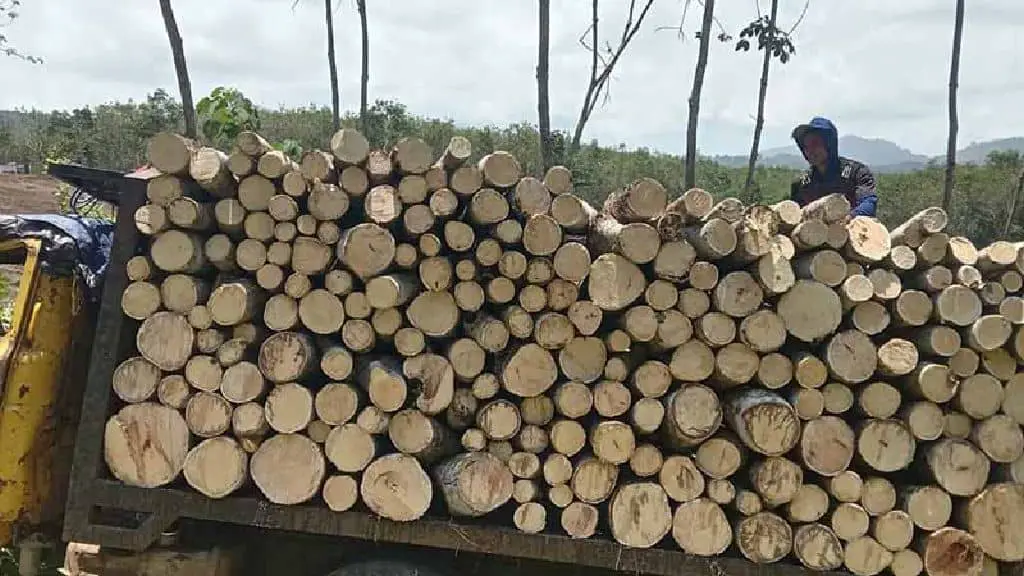
Now that you’ve got your firewood split and ready to go, it’s time to stack it. How you stack your firewood will determine how well it dries out and how easy it is to access later.
Start by stacking the firewood in a well-ventilated area, preferably with some sunlight, to speed up the drying process. Aim to stack your firewood off the ground, using wooden pallets or stone to create a foundation. This helps air circulate around the logs, preventing them from becoming damp or moldy.
Best Stacking Practices:
- Stack the logs in a crisscross pattern for stability.
- Leave some space between the logs to allow air to circulate.
- Cover the top of your firewood stack with a tarp or plastic to protect it from rain, but leave the sides open for airflow.
You’ll want to leave the wood to dry for at least six months to ensure it’s ready for burning. The drier the wood, the better the fire, so don’t rush this step. In fact, the longer the wood dries, the more efficiently it will burn.
Allow Wood to Season Properly
Allowing firewood to season properly is essential for ensuring that it burns efficiently and safely. Seasoning refers to the process of drying out freshly cut wood before using it in a fire. Without proper seasoning, the wood may contain too much moisture, which results in poor burning performance, excessive smoke, and creosote buildup in your chimney.
The ideal conditions for seasoning firewood involve keeping it in a dry, well-ventilated area. Stack the wood off the ground, using pallets or logs to elevate it, and ensure that air can circulate freely around each piece. A sunny spot with good airflow will speed up the drying process.
Generally, firewood should be seasoned for at least six months, but hardwoods like oak may need up to a year to dry completely. Always check the moisture level of your wood by tapping two logs together—if they produce a hollow sound, they’re ready to burn.
The Takeaway: Harvesting Firewood Is a Rewarding Experience
Harvesting firewood from a fallen tree is not only a great way to make use of the wood, but it also offers an opportunity to get your hands dirty and connect with nature. When you put in the work, you’re rewarded with a nice stash of firewood for cozy nights by the fire.
Sure, it’s not the easiest task, but the sense of accomplishment when you look at your stack of neatly split and properly stacked firewood makes all the effort worth it. Not to mention, there’s something incredibly satisfying about knowing that you’re using what nature gave you and saving a few bucks while you’re at it. Plus, if you’re an outdoor enthusiast like me, there’s no better way to embrace the elements than by making firewood from a tree that’s weathered the storms itself.
Have you ever harvested firewood from a fallen tree? I’d love to hear about your experience and any tips you’ve picked up along the way. Share your stories in the comments below!


